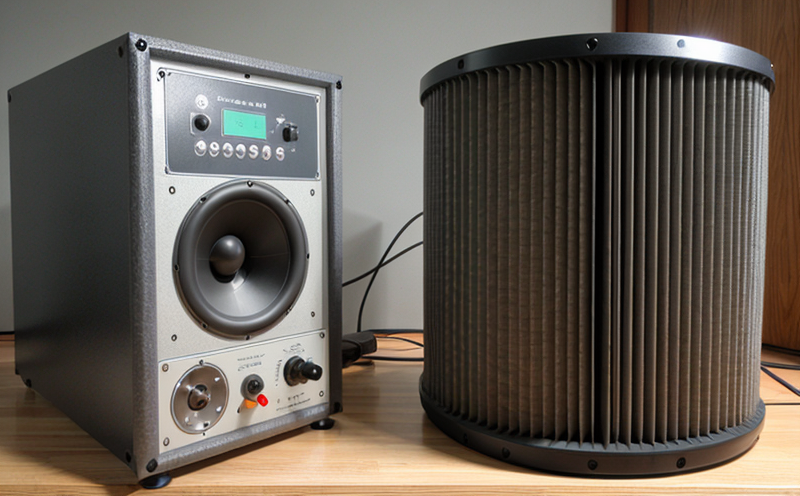ISO 20816-3 Vibration of Industrial & Marine Fans
The ISO 20816 series provides a comprehensive approach to vibration testing in industrial and marine environments, with ISO 20816-3 specifically addressing the vibration characteristics of industrial and marine fans. This standard is crucial for ensuring the reliability, safety, and performance of these equipment types under operating conditions. The test parameters outlined in ISO 20816-3 are designed to evaluate fan behavior during normal operation, which may include high-speed rotations, variable loads, and environmental challenges specific to marine settings.
Industrial fans and marine fans operate in diverse applications such as HVAC systems, power generation plants, oil rigs, and other maritime vessels. The vibration characteristics of these fans can significantly impact the overall stability and longevity of machinery within these environments. By adhering to ISO 20816-3 standards, manufacturers ensure that their products meet stringent performance criteria, reducing the likelihood of failures and extending operational life.
The testing procedures involve detailed measurement techniques aimed at assessing vibration levels across multiple dimensions (e.g., axial, radial, and transverse). The process typically includes setting up sensors on various parts of the fan to capture data indicative of potential issues such as imbalance, misalignment, or wear. Post-test analysis helps in identifying areas requiring improvement or replacement.
A key aspect of ISO 20816-3 is its emphasis on predictive maintenance strategies through continuous monitoring of vibration patterns. This allows for proactive intervention before minor defects escalate into major problems, thereby enhancing overall efficiency and reducing downtime costs. Compliance with this standard also facilitates smoother regulatory compliance processes by aligning test methodologies with internationally recognized benchmarks.
For those involved in quality management, compliance oversight, or research & development (R&D) engineering within the marine sector, understanding ISO 20816-3 is essential for ensuring robust product design and performance optimization. Proper implementation of these vibration tests contributes significantly towards achieving higher standards of reliability and safety across all relevant industries.
Frequently Asked Questions
Why Choose This Test
- Predictive Maintenance: By continuously monitoring vibration patterns using ISO 20816-3 compliant tests, potential issues can be identified early, allowing for timely interventions and preventing major breakdowns.
- Enhanced Reliability: Ensuring that fans meet the specified vibration tolerances helps in maintaining consistent performance over extended periods, which is critical given their role in critical systems like those found on oil rigs or large ships.
Customer Impact and Satisfaction
- Increased Customer Confidence: Compliance with ISO standards demonstrates a commitment to quality, which builds trust among customers who rely heavily on reliable equipment for their operations.
- Better Reputation: Achieving certification through rigorous testing not only improves the brand image but also opens up new markets where compliance is required by law or industry best practices.
Use Cases and Application Examples
In real-world scenarios, ISO 20816-3 has been applied extensively in various sectors including offshore oil drilling platforms, large cruise ships, and power stations. Here are some specific examples:
- Offshore Oil Platforms: The vibration characteristics of fans used to supply air for ventilation systems need constant monitoring due to harsh environmental conditions.
- Cruise Ships: Fans responsible for maintaining proper airflow in cabins and corridors must operate efficiently even while navigating through turbulent waters. Proper vibration testing ensures they continue functioning optimally throughout the voyage.
These cases highlight how ISO 20816-3 plays a vital role in ensuring that industrial fans used in marine environments perform reliably under challenging conditions, ultimately contributing to safer and more efficient operations.





